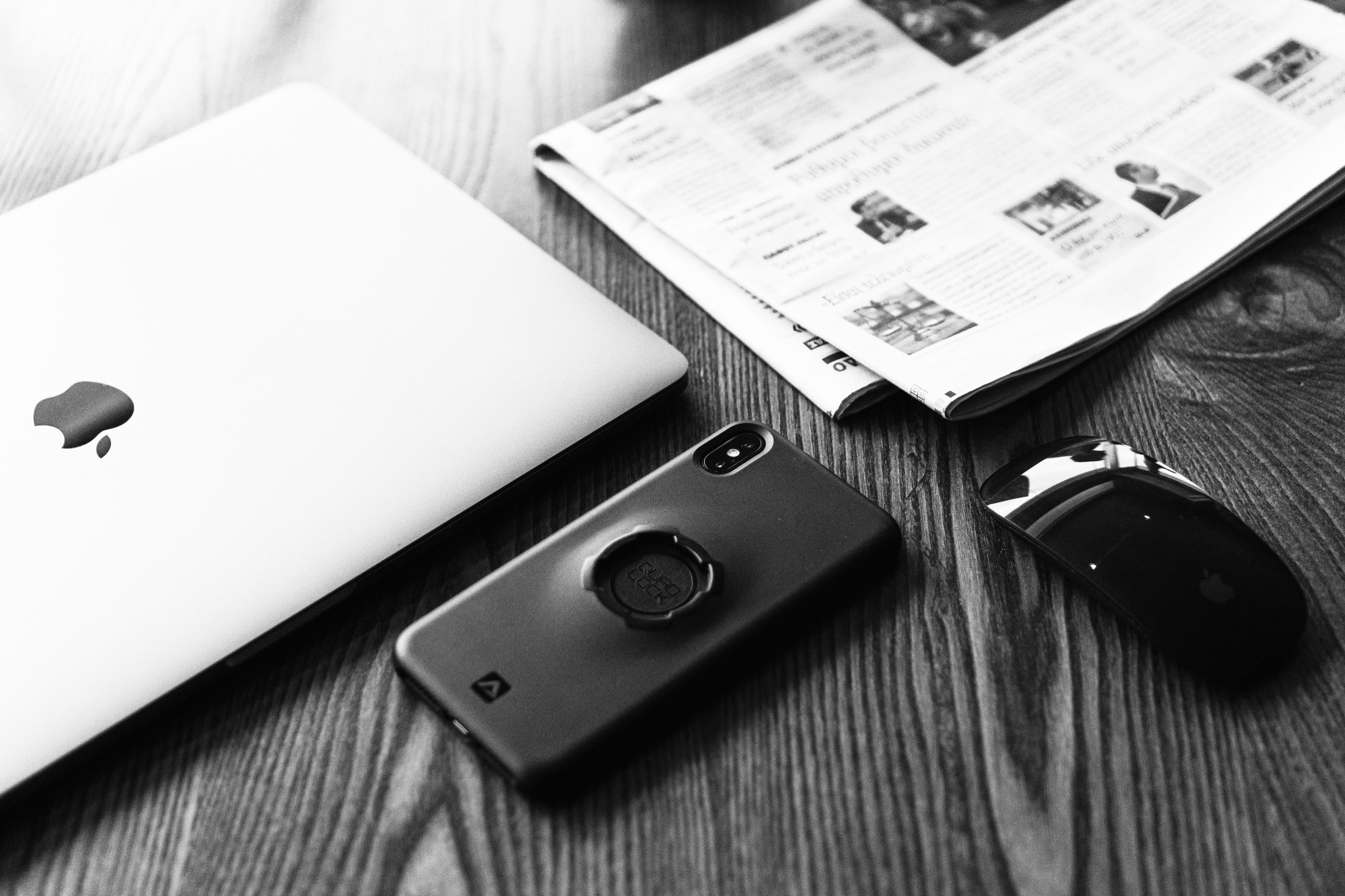Traditional PR is widely known as the different techniques used to build brand awareness, brand image and convey a brand’s vision to audiences. This is done by acquiring coverage in print publications such as newspapers or magazines, mainly obtained by product placements. However, as digital evolves, so too does the opportunity to develop PR. Enter, digital PR.
The main goal of a digital PR strategy is to obtain high quality backlinks to a predefined URL – the target page. This way, the website will receive part of the SEO value from the sites that cover a campaign, resulting in an increase in visibility. This is mainly done by creating interesting and high-quality content that is relevant and useful to online press.
Despite having clearly different techniques and objectives, there are more and more cases where businesses use both approaches in their PR strategies.
- For Valentine’s Day, Amazon launched a fake dating platform, amazondating.co. This increased its visibility before an important date for customers, and built brand awareness for those looking to buy presents for their loved ones. But that is not all, the action obtained 347 referring domains, including lifestyle and tech publications like Cosmopolitan, CNET and Metro.
- Joules has started implementing this type of technique within its latest PR activity. It is planting a tree for every pair of boots sold in March and April. This technique is recognised as product placement, however, if used in a digital environment it can increase visibility, drive website traffic and encourage incremental sales.
- For those who will never leave their dog when travelling, Hoxton Hotel has 'translated' its website to ‘dog language’. Yes, that’s right. A page written in ‘dog’. The page acts to inform its guests that it is a dog-friendly hotel. While communicating its brand values and the facilities available to customers, it is increasing brand awareness as well. This PR action has been covered by press such as TravelPortland and CNN which, due to the nature of the campaign, included a link to the hotel’s website.
Combining both techniques will shape the future of PR. This approach is the beginning of a different type of PR where the best of both forms emerge, creating infinite communicative possibilities.




